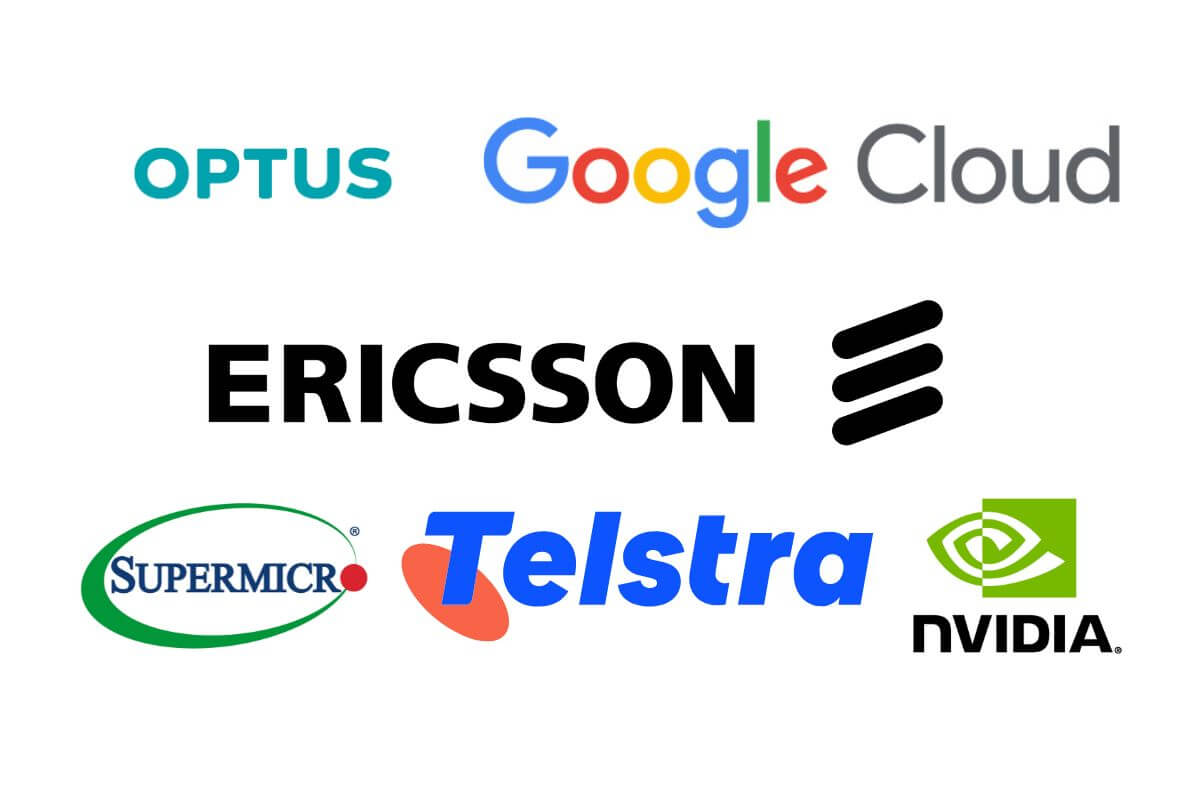Ericsson Expands 5G and AI Reach: Optus Antennas, Google Cloud Core, and Sweden AI Factory
Ericsson is making global headlines with a series of strategic moves aimed at reshaping the telecom and AI landscape. From strengthening 5G infrastructure in Australia to advancing cloud-native core networks and investing in artificial intelligence in Sweden, the company is reinforcing its position as a global technology leader.
Optus Deploys Ericsson’s 5G Antennas Across Australia
Telecom operator Optus has chosen Ericsson’s 5G mid-band Massive MIMO antennas to expand high-speed coverage and performance across Australia. These next-generation antennas are designed to enhance network capacity, support dynamic traffic management, and improve user experience in urban and regional areas alike.
Optus CTO Lambo Kanagaratnam stated that the rollout reflects the company’s focus on delivering ultra-fast 5G experiences, particularly as data demand continues to soar.
Google Cloud Teams Up with Ericsson for Cloud-Native Core
In a move that combines cloud expertise with telecom innovation, Ericsson has deepened its collaboration with Google Cloud to develop a fully cloud-native core network solution. This approach will help telecom operators transition from legacy infrastructure to a more scalable, resilient, and future-ready architecture.
By leveraging Kubernetes and container-based technologies on Google Cloud, Ericsson aims to help CSPs (communication service providers) improve time-to-market, operational efficiency, and 5G service flexibility.
AI Factory Launched in Sweden to Accelerate Global Innovation
Ericsson also announced the opening of a dedicated AI factory in Sweden, which will serve as a hub for developing, testing, and deploying advanced AI and machine learning models. The facility will focus on automating network operations, predicting faults, and optimizing energy usage across Ericsson’s global deployments.
The AI factory is expected to contribute significantly to the company’s net-zero emissions target and marks a major step in transforming network intelligence from reactive to predictive.
How These Moves Strengthen Ericsson’s Global Strategy
With these developments, Ericsson is targeting multiple pillars of its future roadmap:
Infrastructure innovation with 5G antennas through global operators like Optus
Cloud-native transformation with strategic alliances like Google Cloud
AI-driven efficiency via R&D investment in Europe
Together, these moves reflect Ericsson’s broader ambition to support sustainable, software-driven, and scalable networks globally.
What This Means for Telecom Operators
These initiatives aren’t just announcements—they have real-world impact for telecom operators:
Faster 5G rollout through plug-and-play antenna systems
Operational agility through automated and scalable cloud-native cores
Lower OPEX thanks to predictive maintenance and AI-driven energy management
In essence, Ericsson is offering operators a full-stack path to evolve their networks into intelligent, energy-aware platforms.
What’s Next for Ericsson?
With a solid base of global partnerships and emerging tech R&D, Ericsson is expected to lead several areas:
Private 5G networks for enterprise and industry
AI-based service assurance tools
Sustainability-first infrastructure
Integrated cloud-telecom ecosystems with hyperscalers
FAQs
Q1: What are Massive MIMO antennas?
Massive MIMO antennas use multiple transmitters and receivers to improve speed and coverage, especially in dense areas.
Q2: How does Google Cloud help Ericsson’s core network?
It offers containerized, scalable infrastructure that simplifies management and speeds up new service deployment.
Q3: What will the Sweden AI factory focus on?
The factory will build and train AI models to enhance network performance, automation, and sustainability.
Q4: Is this technology live or in testing?
Most of it is already rolling out—Optus has begun deploying antennas, and pilot programs are live on cloud-native cores.
Q5: How does this benefit the end user?
End users will experience faster 5G, fewer outages, and improved reliability—all powered by smarter networks behind the scenes.
